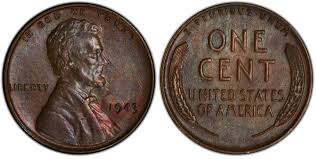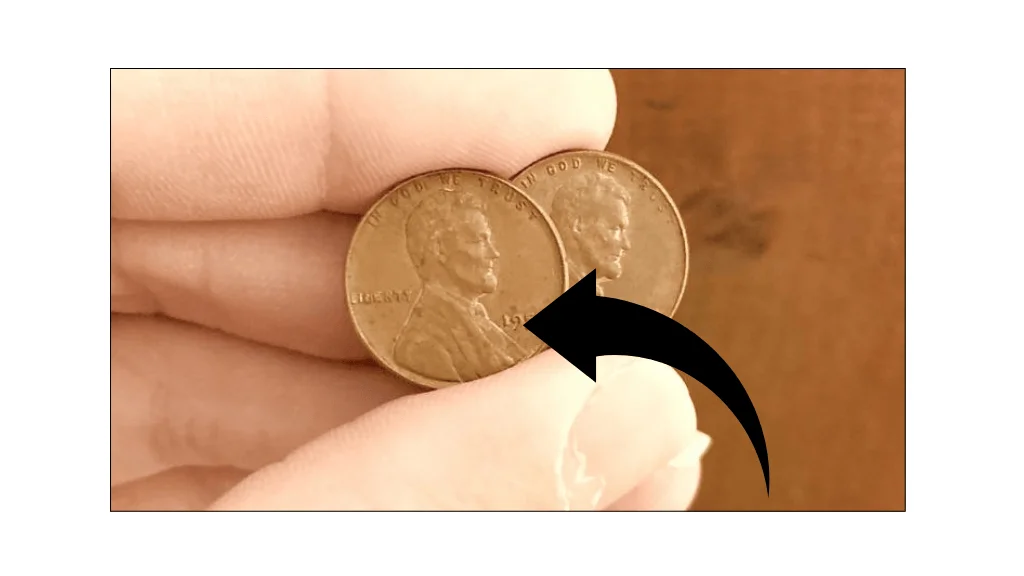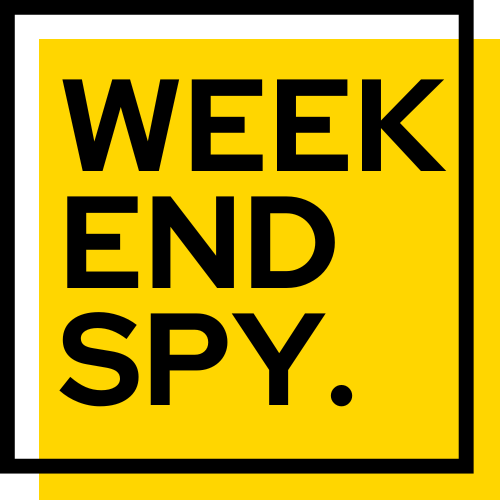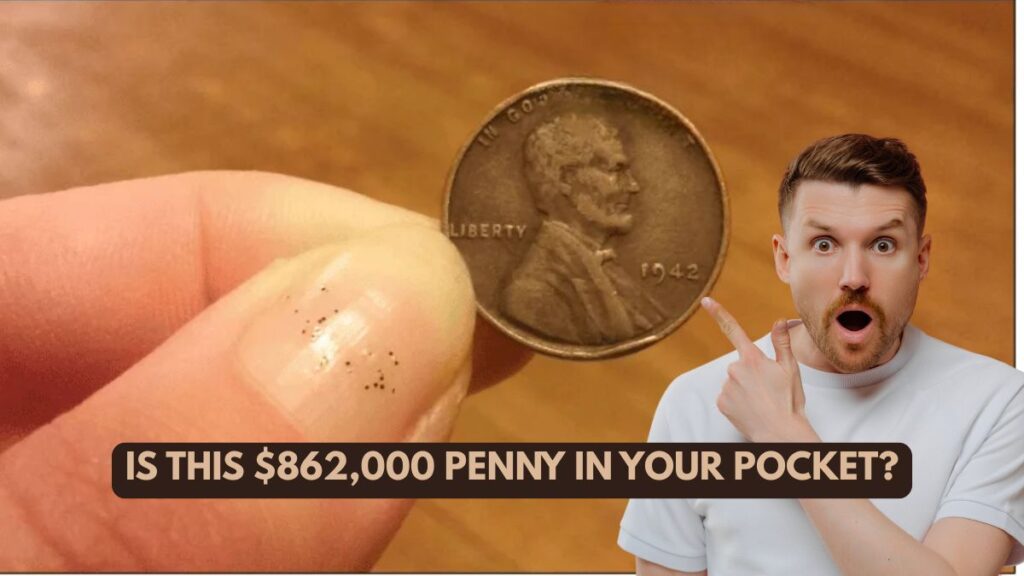A humble penny might just make you a millionaire—if you’re lucky enough to find the right one. A rare version of the 1943 Lincoln Wheat Penny, made from bronze instead of steel, has captured the attention of collectors after recent reports confirmed it’s still circulating in the U.S. economy. One such coin sold at auction for a staggering $862,000, and experts believe a few more could still be out there.
Why Is the 1943 Bronze Lincoln Penny So Valuable?
In 1943, during the height of World War II, the U.S. Mint shifted from copper to zinc-coated steel pennies to conserve copper for wartime needs. However, a small number of bronze planchets—blanks used in 1942—were mistakenly left in the coin presses. These resulted in a tiny batch of 1943 bronze pennies, now considered one of the most valuable errors in U.S. coin history.
The rarity of this error, combined with collector demand, has pushed auction prices as high as $900,000, depending on mint marks and condition. One 1943-D Bronze Lincoln Cent sold for $840,000, and another fetched $862,000, according to sources like The Sun and PCGS.

How to Identify the Rare 1943 Bronze Penny
Not all 1943 pennies are valuable. In fact, over 1 billion steel cents were minted that year. Here’s how to check if your coin is the elusive bronze version:
- Color Test: The bronze penny has a coppery-brown hue, while the common steel version appears silvery gray.
- Magnet Test: Steel is magnetic—bronze isn’t. If your 1943 penny sticks to a magnet, it’s not the rare one.
- Weight Test: A genuine 1943 bronze penny weighs about 3.11 grams, compared to 2.7 grams for steel.
- Mint Marks: Located below the date. “D” (Denver) and “S” (San Francisco) versions are rare, with the 1943-D bronze being the rarest—only one is confirmed to exist.
If you suspect your coin is genuine, do not clean it, as that can reduce its value significantly.
What To Do If You Think You’ve Found One
- Authenticate: Contact a certified numismatic expert or grading service like the Professional Coin Grading Service (PCGS) or Numismatic Guaranty Company (NGC).
- Get an Appraisal: Grading the coin determines its quality and potential value. Rare coin dealers or auction houses can help.
- Sell Carefully: Use trusted auction platforms like Heritage Auctions or Stack’s Bowers.
Other Valuable Lincoln Pennies Worth Watching For
While the 1943 bronze penny grabs headlines, several other Lincoln Wheat pennies are worth thousands:
- 1909-S VDB: Only 484,000 minted. Features the designer’s initials and is worth up to $100,000 in mint condition.
- 1955 Double Die: A minting error creates a noticeable double image on the date and inscriptions—valued at $1,000+.
- 1922 No D: A Denver-minted penny without the “D” mark. Rare and sought after by collectors.

Why It Matters
In a time of digital transactions and credit cards, many Americans overlook the change in their pockets. But as stories like these prove, numismatic treasures can still turn up in everyday life. Whether you’re a seasoned collector or a casual observer, it pays to keep an eye out.
Where You Might Find One
- Old piggy banks
- Coin jars
- Estate sales
- Grandparents’ collections
- Antique shops
- Garage sales
These locations often harbor overlooked coins that could be worth thousands or even hundreds of thousands.
Final Thoughts
The idea that a Lincoln Wheat Penny worth nearly $900,000 might still be circulating is both thrilling and plausible. According to professional graders and collectors, several examples may still be unaccounted for. So next time you receive change, take a closer look—you just might strike copper-coated gold.
This article has been carefully fact-checked by our editorial team to ensure accuracy and eliminate any misleading information. We are committed to maintaining the highest standards of integrity in our content.

Himanshu Sharma writes for Weekend Spy, focusing on recruitment, government schemes, and current affairs. He is dedicated to making complex information accessible to readers.
Himanshu enjoys playing chess, hiking, and trying new recipes, always seeking ways to combine his love for writing with his passion for exploration. Connect with Drop him an email at [email protected].







